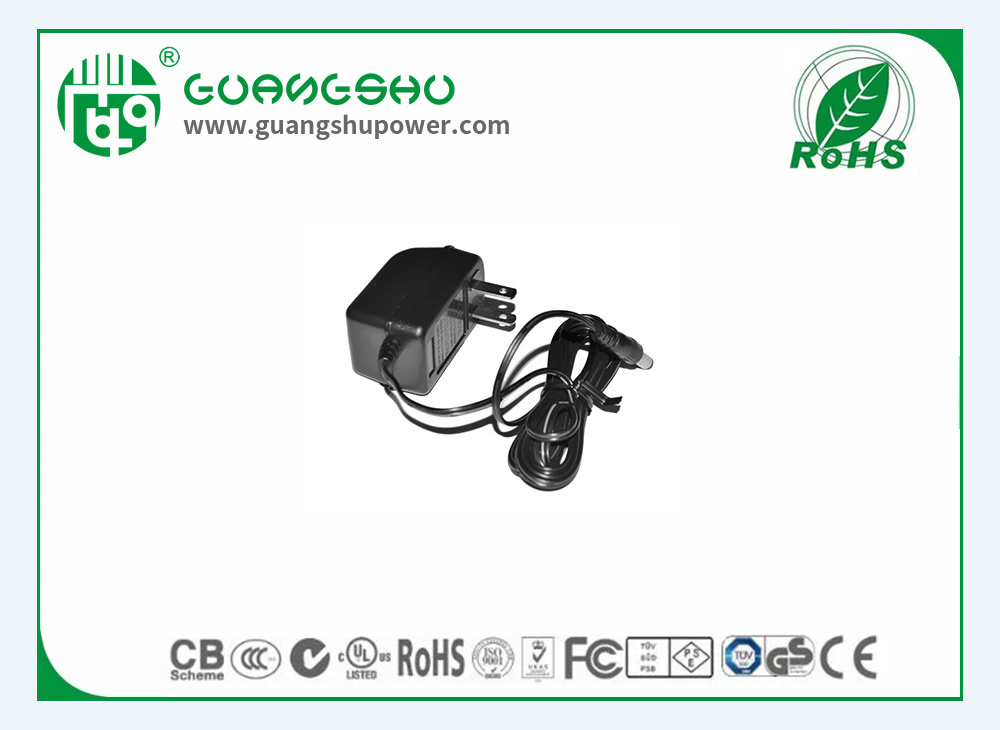Time:2025-03-27 Views:0

Power adapters play a crucial role in providing electrical power to various electronic devices. One important safety feature is anti - reverse polarity protection. When the power adapter is connected incorrectly, with the positive and negative terminals reversed, it can cause severe damage to the device being powered and even pose a safety hazard.
Anti - reverse polarity protection circuits are designed to prevent such issues. These circuits typically use diodes. A diode is an electronic component that allows current to flow in only one direction. In the case of power adapters, a diode is placed in series with the output of the adapter. If the adapter is connected with reverse polarity, the diode blocks the current flow, preventing any electrical current from reaching the device. This effectively protects the device's sensitive electronic components from being damaged by the incorrect voltage.
Some advanced power adapters also incorporate additional protection mechanisms such as fuse - based systems. A fuse is a sacrificial component that melts and breaks the circuit when an excessive current flows through it. In the context of reverse polarity, if the diode fails or if there is a short - circuit due to incorrect connection, the fuse will blow, cutting off the power supply and safeguarding the device.
Moreover, modern power adapters may have integrated circuit (IC) chips with built - in protection features. These ICs can detect the polarity of the input voltage and automatically adjust the internal circuitry to correct for any reverse connection. This not only protects the device but also enhances the overall reliability and lifespan of the power adapter.
Read recommendations:
54V0.6A Wall Plug Chinese Standard
12.8V Australian standard battery charger
What should I pay attention to when charging the power adapter?